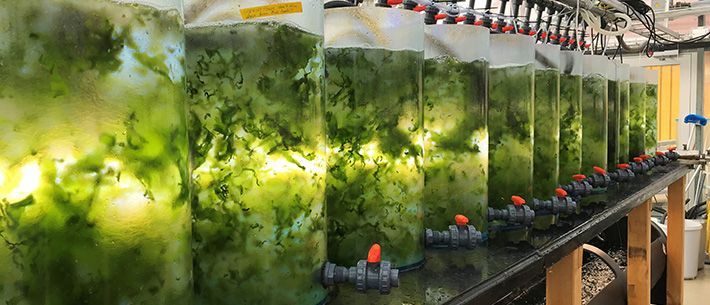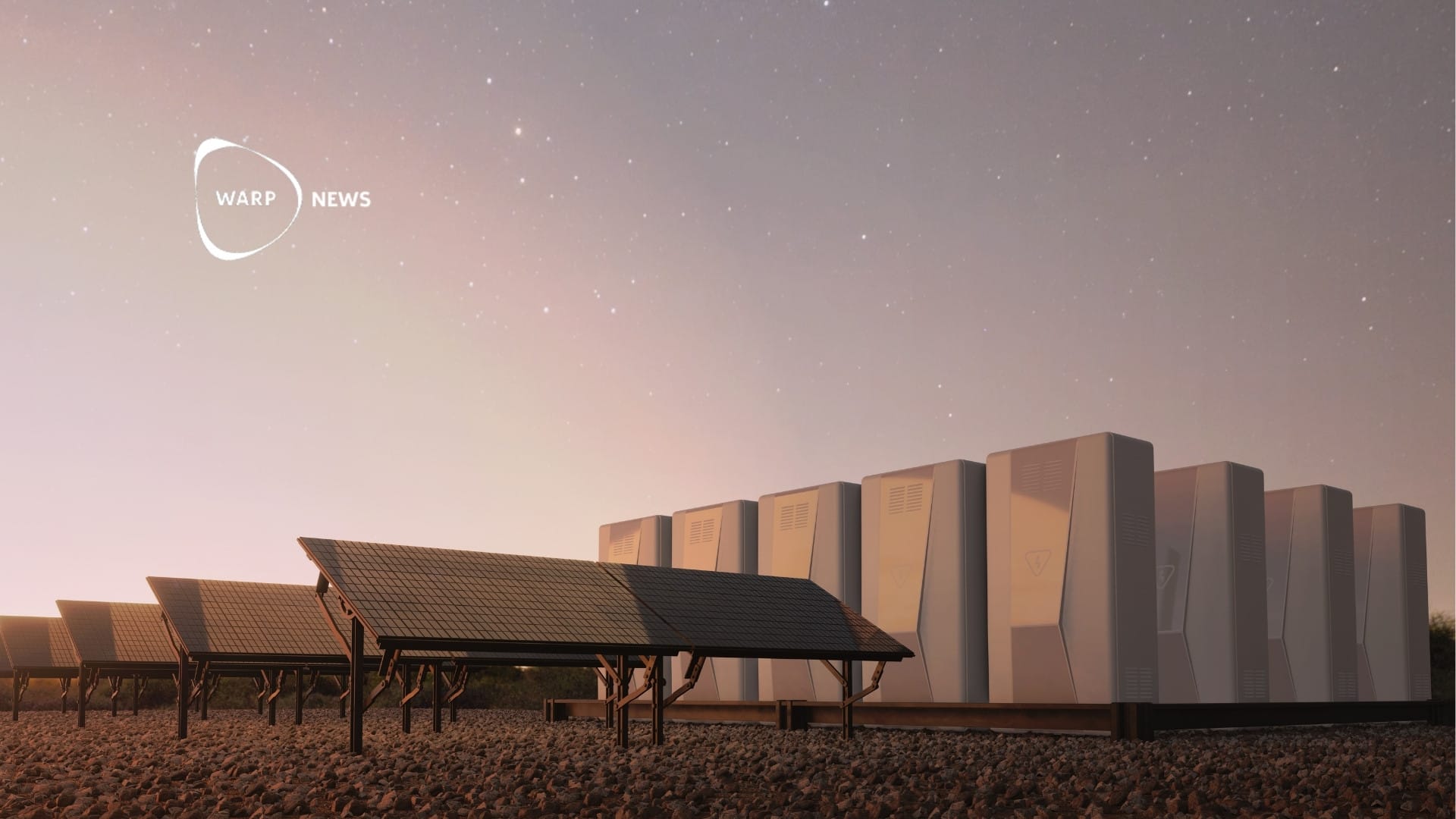
🥗 Industrial process water becomes "algae food"
Process water from, for example, herring factories can be used as fertilizer for land-based algae cultivations and both increase the protein content of the algae and make them grow faster.
Share this story!
In order to have a sustainable food supply in the future, we must get more of our protein from plants. An interesting option is algae, and now a study from the University of Gothenburg and Chalmers has shown that algae can become a very competitive source of protein in the food of the future.
Algae contain many nutrients such as minerals, vitamins, proteins, and healthy Omega 3 fats, but the protein content is lower than in soybeans, for example. Soybeans, on the other hand, require much more fertilizer and water than algae.
The researchers have now developed a method that makes the algae more protein-rich at the same time as the cultivation becomes even more environmentally friendly. It turns out that process water from the food industry makes an excellent fertilizer in land-based algae farms.
"The protein content of soybeans is about 40 percent. With the help of the process water, we have increased the protein content in the algae to over 30 percent", says Kristoffer Stedt, doctoral student at the University of Gothenburg and one of the researchers behind the study, in a press release.
This means that the researchers managed to quadruple the protein content while the algae grew over 60 percent faster. The process water is normally a cost for the food industry, but in this way, the water can become a resource instead.
"We think that you can have land-based cultivations of algae, such as sea lettuce, near a herring factory, for example. Algae cultivation can purify large parts of the nutrients from the process water. Then we will get closer to sustainable thinking and the companies will have a leg to stand on", says Kristoffer Stedt.
The researchers will now try to scale up the method to be able to produce algae on an industrial scale.
"We need to do tests in larger volumes, in a first step in a controlled environment. But we believe that this could be an alternative as a protein source in the food of the future. It could also be completely circular systems if we used cultivated algae as feed for a salmon farm on land where we take care of the process water and fertilize the algae farm with it", says Kristoffer Stedt.
By becoming a premium supporter, you help in the creation and sharing of fact-based optimistic news all over the world.


